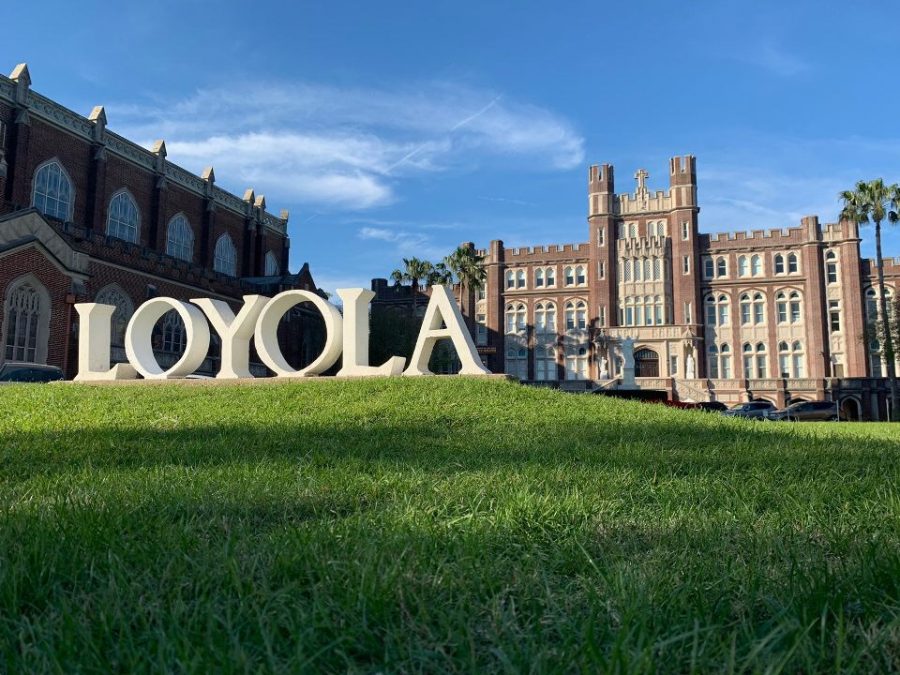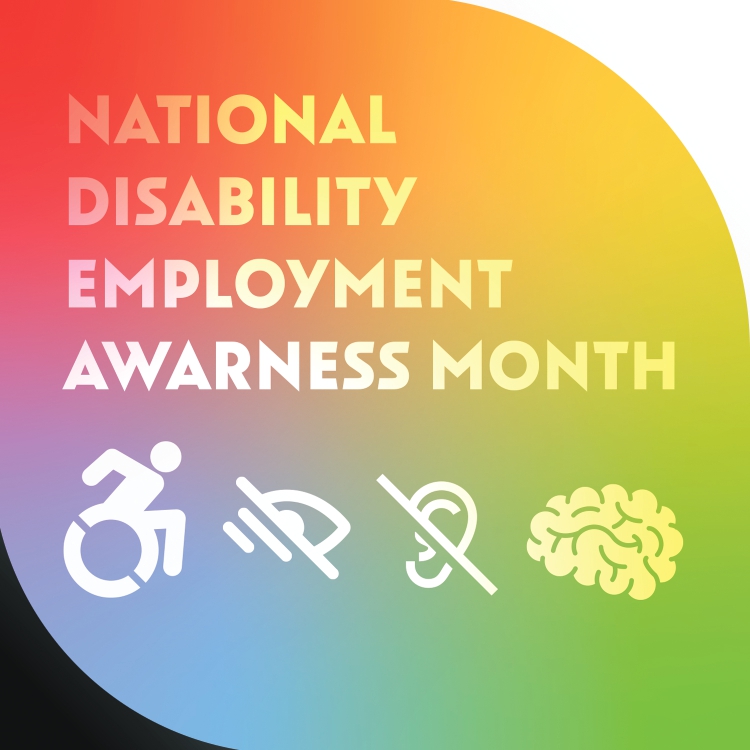Loyola’s adoption of a self-funded insurance model will decrease rising monthly insurance rates for its faculty and staff members in 2016, and the university will assume all risk in the process.
Loyola moving to a self-funded insurance model will raise insurance rates by 5 percent. Employees face a 17 percent increase under the current insurance policy.
The self-funded insurance model will have Loyola paying UnitedHealthcare to administer insurance plans, rather than the university paying a premium to UnitedHealthcare, where they’d assume all risk in paying claims.
According to James Lynch, director of Research at the Insurance Information Institute in New York, with enough people under an insurance plan, costs can be reduced.
“Rather than pay it to a third-party insurance company that way, if you have that kind of critical mass, it actually saves money to self-insure up to a certain level,” Lynch said.
Although the university’s new self-funded insurance model is expected to create savings, the new model is not a part of Loyola’s Strategic Plan: Transforming Loyola 2020, according to Ross Matthews, director of Human Resources.
“The medical insurance coverage is not changing, merely the method by which the university finances the coverage,” Matthews said.
The change in financing medical insurance coverage does not look to impact the 2016 Loyola-sponsored health coverage for faculty and staff members’ families, besides giving a smaller increase in insurance rates.
Charles Nichols, assistant professor of psychological sciences, said that the increase in monthly premiums are now more modest than they would have been.
“Given the substantial cost savings that it will enable, the move to a self-insured structure seemed like an obvious choice for the university to make,” Nichols said.







